#Glamour #Geometry #Art #Deco #Table
Today we dive into the history and evolution of Art Deco Tables, a hallmark of the Art Deco furniture movement. The style was born in the tumultuous aftermath of World War I. It emerged in the 1920s as a beacon of hope and modernity. It represented a sharp departure from the ornate styles of the past, embracing instead a sleek, geometric aesthetic that reflected the technological advancements and cultural shifts of the time.
Social Context and Influence
Art Deco was more than just a design style; it was a reflection of the changing social and political landscape. The Roaring Twenties brought about a newfound sense of freedom and prosperity, and Art Deco captured this spirit of optimism and progress. Its bold, geometric forms and lavish materials celebrated modernity, reflecting the growing influence of industry and technology.
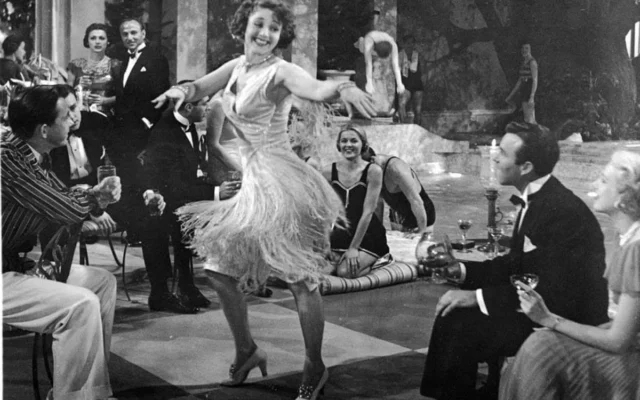
The movement also embraced the idea of luxury and escapism, offering a glamorous aesthetic that allowed people to forget the hardships of the past and embrace a brighter future. Art Deco became synonymous with progress and sophistication, influencing not only art and design but also architecture, fashion, and lifestyle.
Development of Style
Art Deco tables evolved alongside the broader movement, with designers experimenting with different shapes, materials, and finishes. Dining tables, often the focal point of a room, were designed to be functional and stylish, with sleek lines and luxurious finishes.
This beautiful expandable Art Deco dining table on Styylish is from France, circa 1930. Its plate and legs showcase a Thuja roots veneer with an excellent clear lacquer surface. The table has wonderful Lyra-formed legs with two polished steel tubes and chrome-colored metal trim surrounds the bottom of the legs. The table features three leaves / inlay plates, newly made. They have been ebonized and hand polished with shellac. It is the perfect, elegant dining room table for hosting guests and meals.
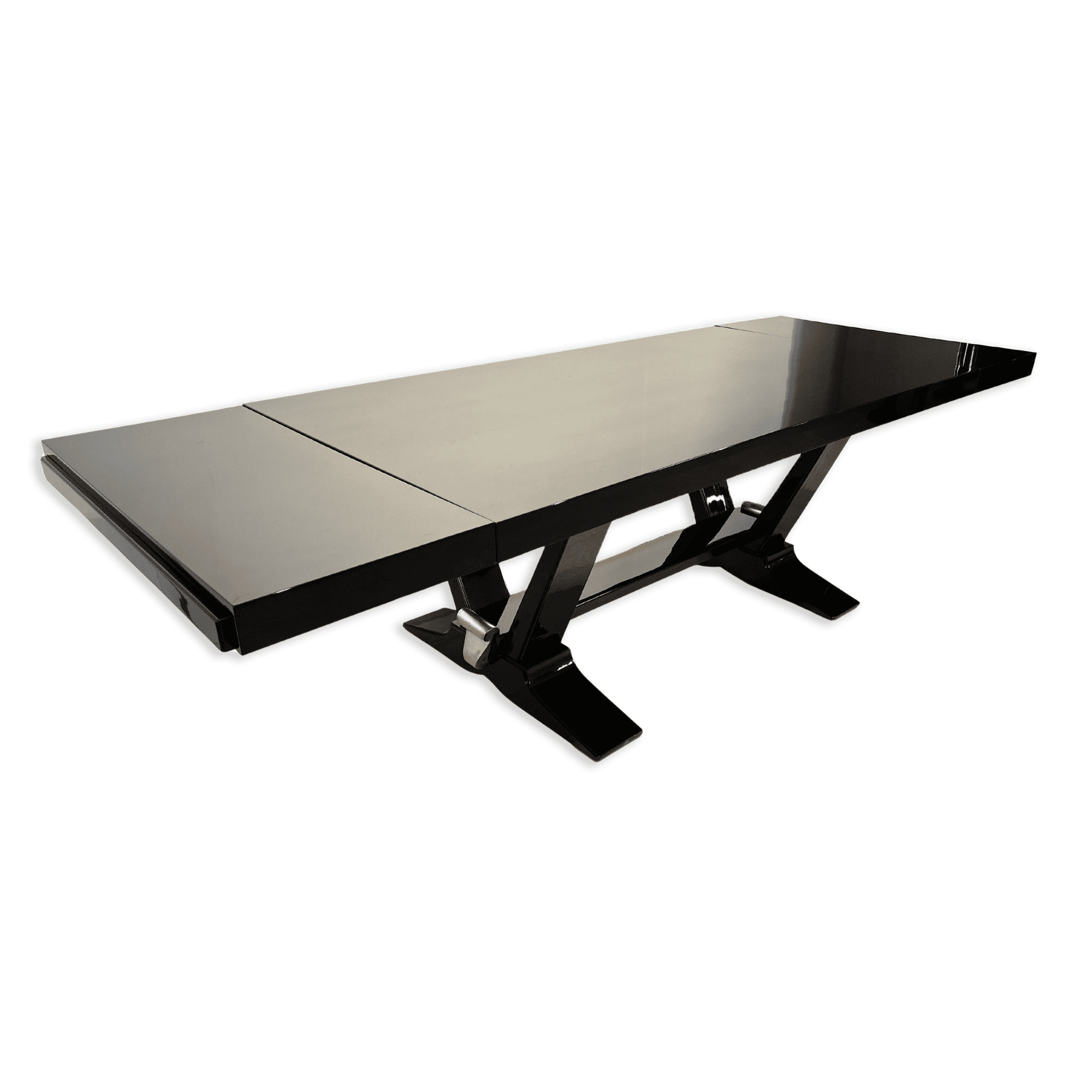

Side tables and coffee tables, on the other hand, were more sculptural, often featuring intricate details and bold silhouettes.
This round table is a perfect example of the Art Deco’s emphasis on sculptural coffee tables. It is from France, circa 1930 and features a polished metal base, adorned with blackened leather, adding a touch of luxury and visual contrast. The table is crowned with a large original glass top, displaying minor scratches that contribute to its vintage charm. It has a lacquered rosewood frame, exuding timeless sophistication, making a captivating centerpiece for any room.
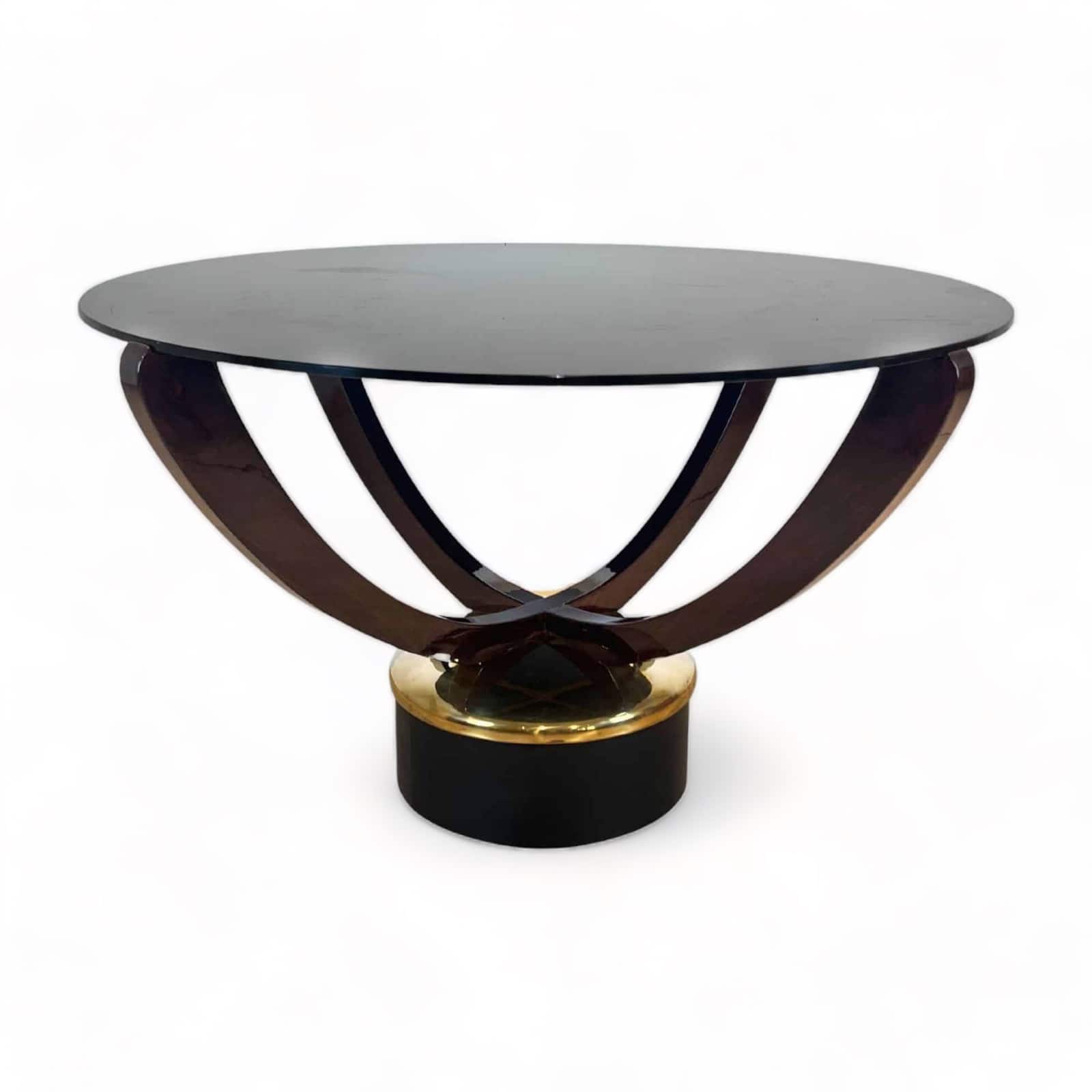

This standout console table epitomizes the experimentation with shapes that was so characteristic of the Art Deco style. Its semicircular base provides a distinctive touch to any interior. The rectangular plinth adds stability and further enhances its visual appeal. With three functional drawers in the apron, this table offers practical storage solutions while maintaining its aesthetic charm.
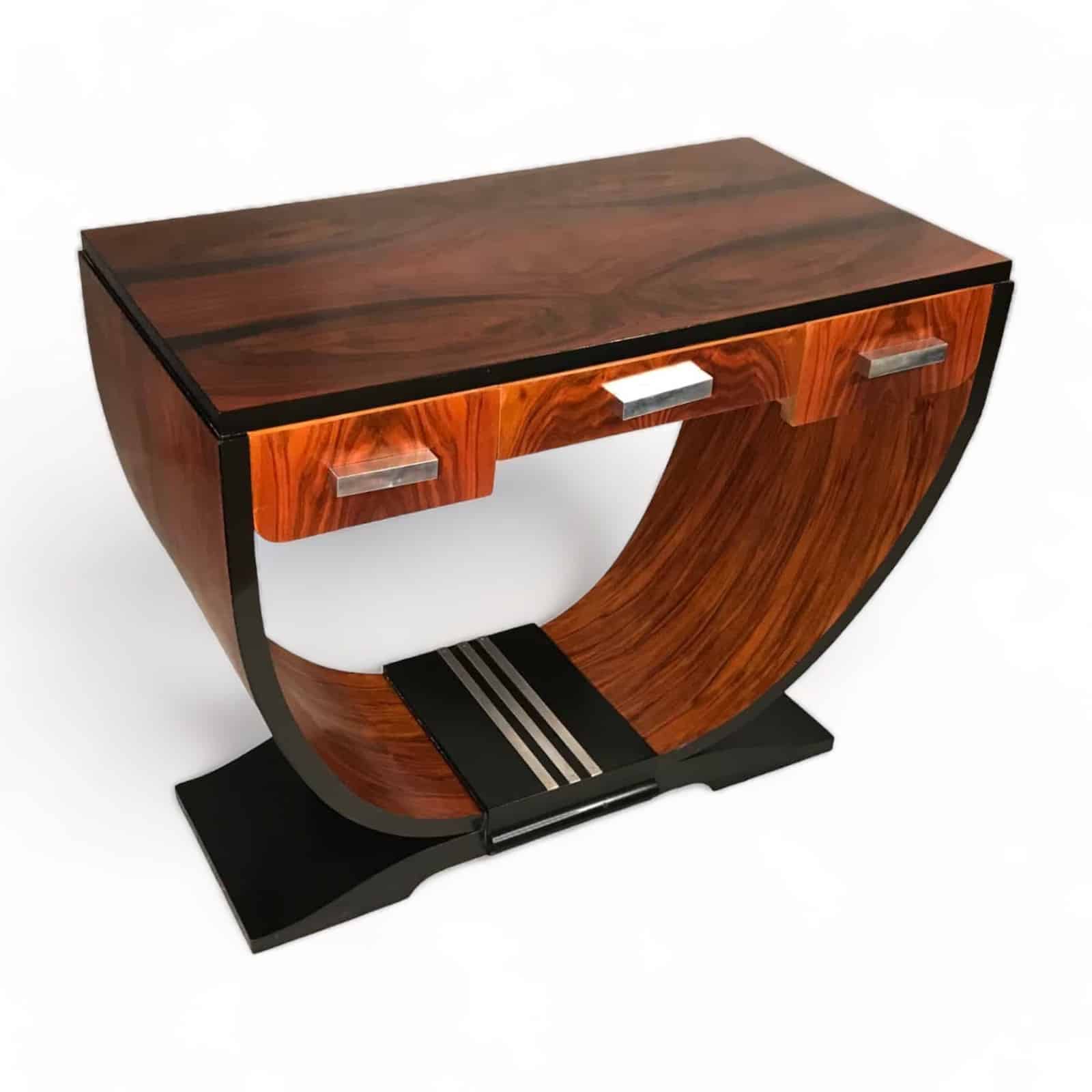

Shapes and Materials
Art Deco tables came in a variety of shapes and styles, from the sleek lines of a rectangular dining table to the whimsical curves of a round side table. They also varied in material. Rich woods like mahogany, walnut and oak were incredibly popular.
Warm wood Art Deco Tables
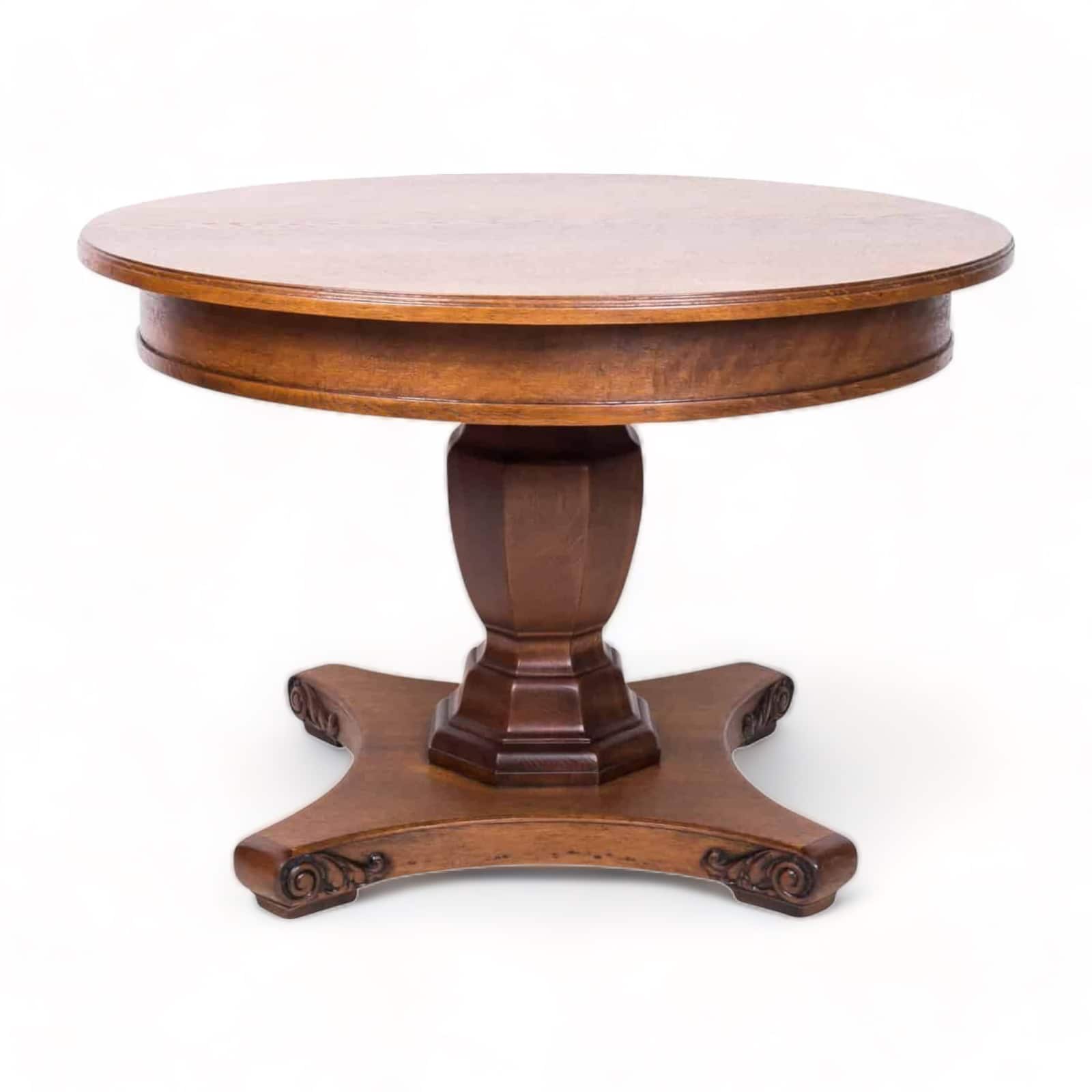

This round table comes from Germany and dates back to the 1940 and is made of a lovely, massive oak wood. The table is refinished and has a warm honey-tone color. This piece is incredibly versatile. You could use this table as a small dining table in a kitchen nook, or even as a center table in an entry way.
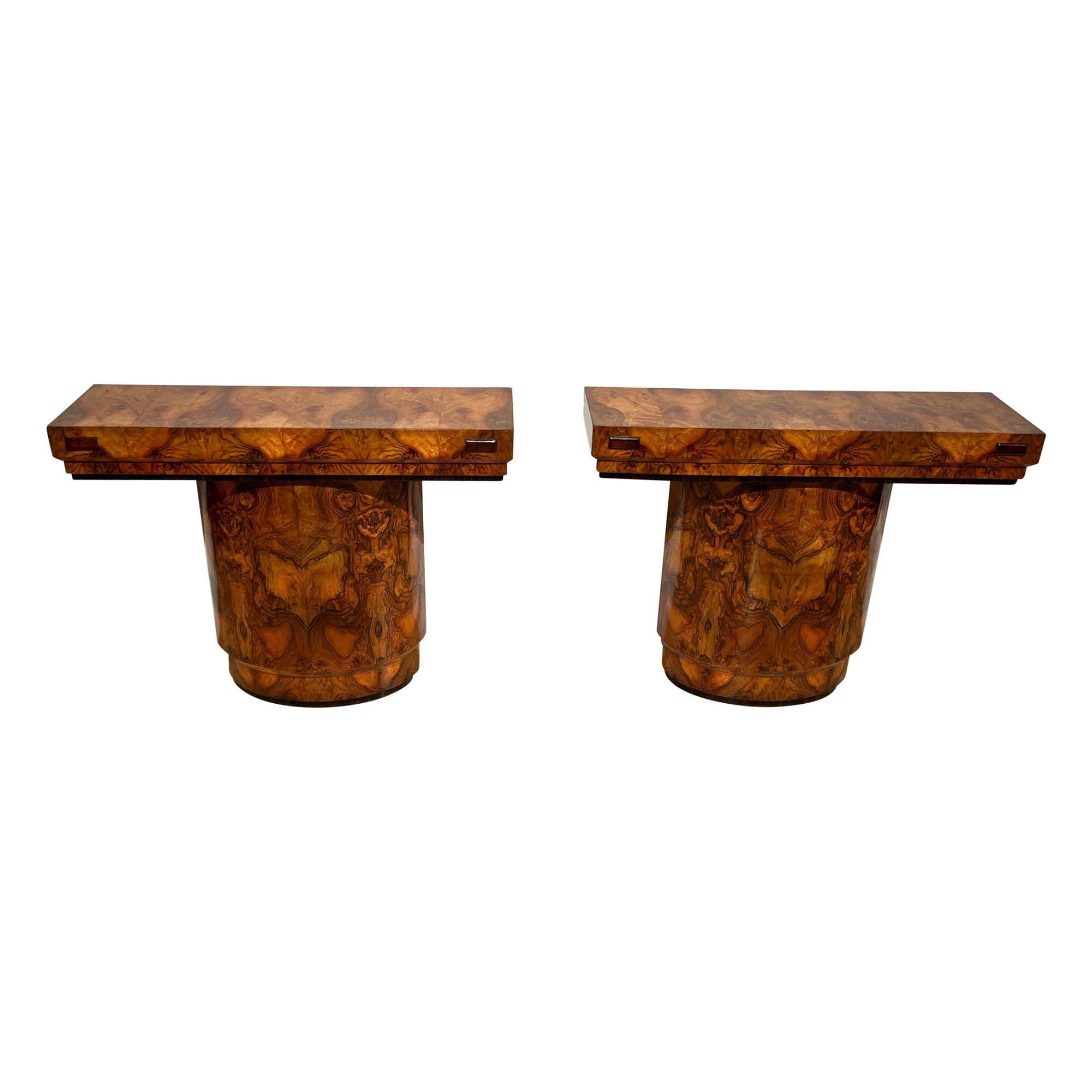

This pair of original Art Deco console or side tables come from France around 1930. Their structural rectangular shelf and low depth make these pieces unique, yet compliment various styles with its warm walnut veneer on convex front.
Glass and Chrome Art Deco Tables
Other popular materials for art deco tables were ebony and gleaming metals like chrome and brass. Glass was also a popular choice, adding a touch of elegance and modernity to any piece.
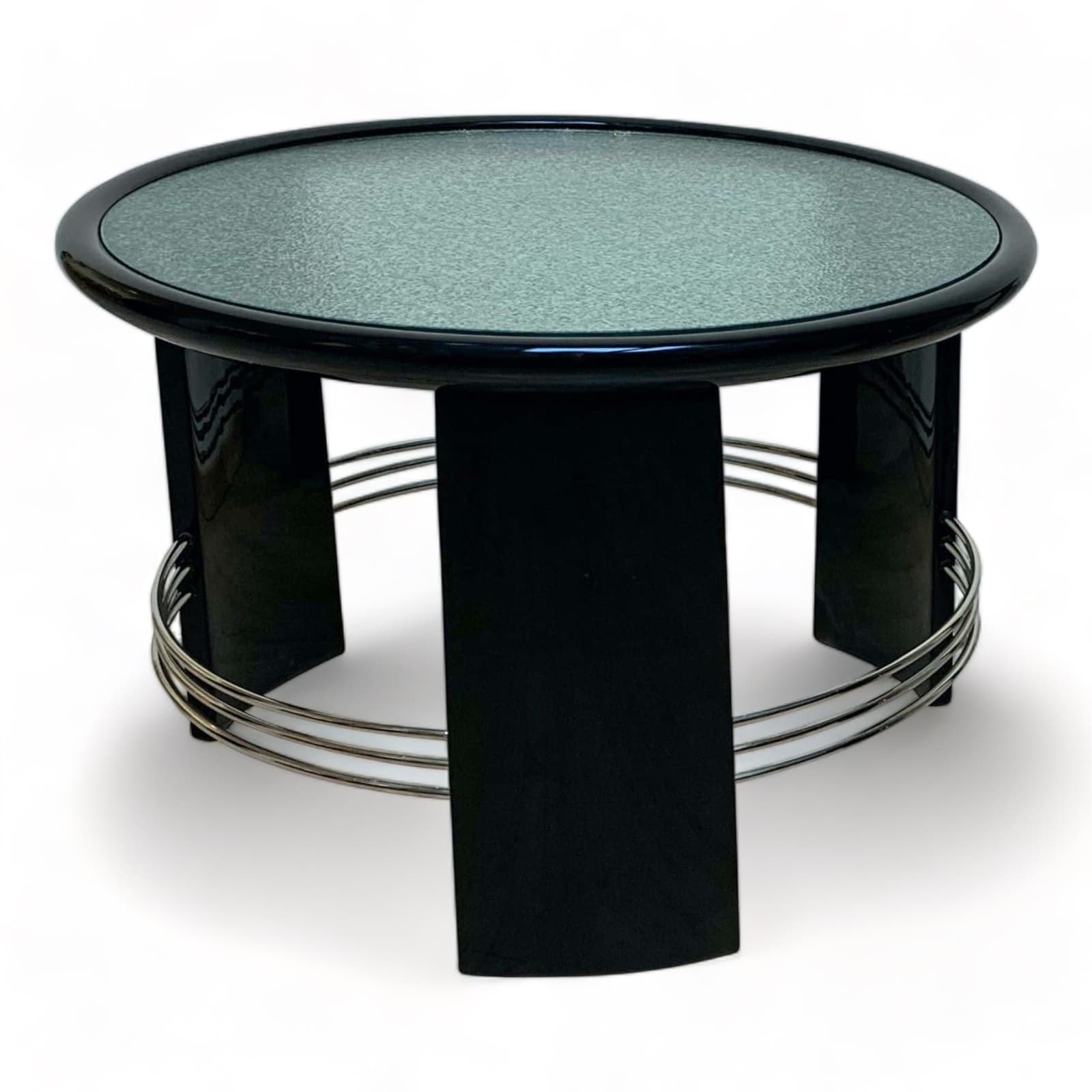

This striking coffee table from France, circa 1930, epitomizes the elegance of the era, and the classic glass and chrome features. It is crafted from solid oak wood, with a sleek black high-gloss piano lacquer. It also has chrome-plated metal rods connecting to each leg, adding a touch of modernity to its Art Deco charm. Its original round structured glass plate, which can be easily removed, adds to its allure and functionality.
Complementing Interiors
One of the hallmarks of Art Deco is its versatility. While it was born in the era of modernism, Art Deco tables can complement a wide range of interior styles. In a minimalist setting, a sleek dining table can add a touch of glamor, while in a more traditional space, a round side table with intricate inlays can bring a sense of history and richness.
A coffee table like this on on Styylish is incredibly versatile can fit well in many different interior styles. It’s intriguing, low rectangular shape and warm amboyna root wood veneer could work in a minimalist, bohemian, modern or contemporary space.
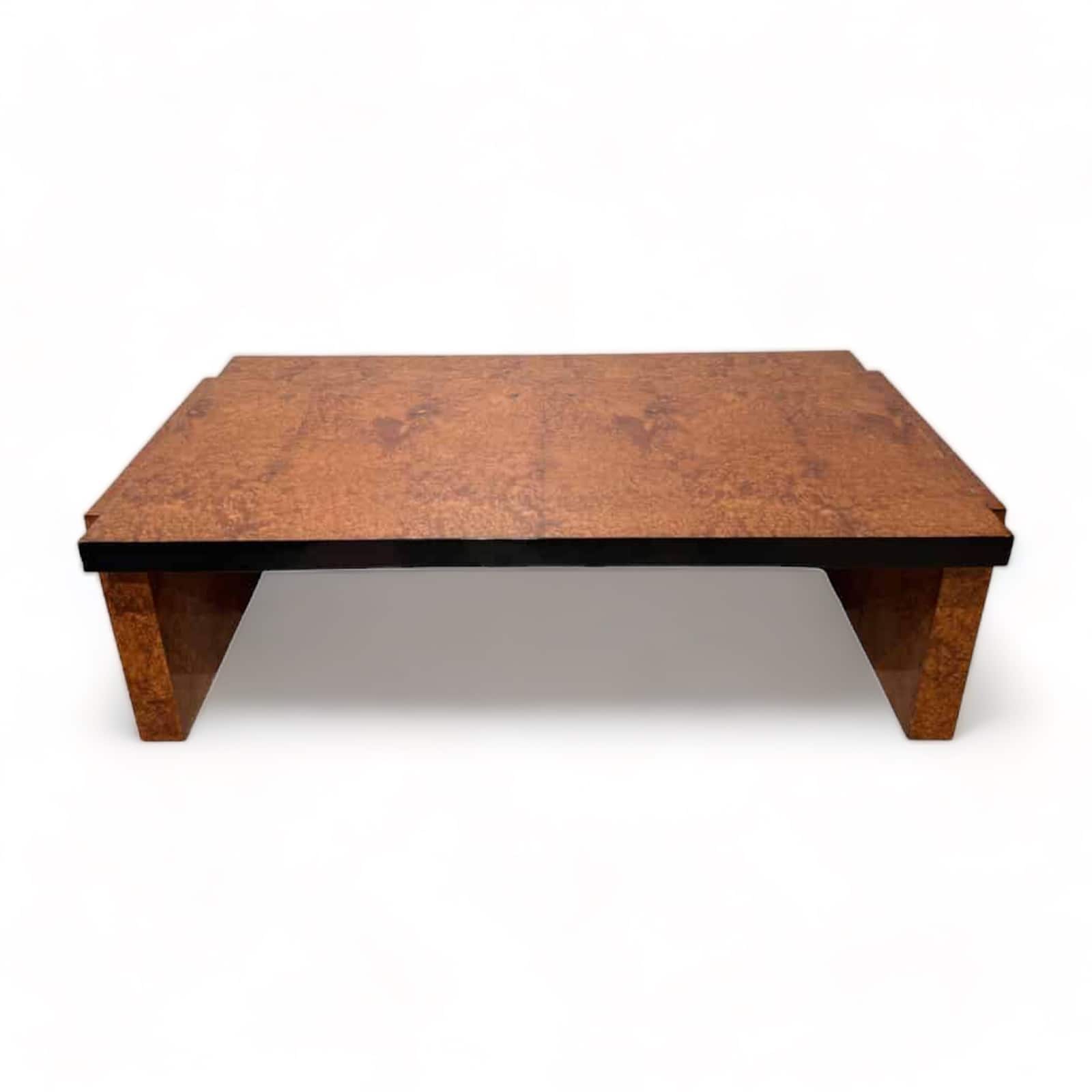

Legacy and Modern Influence
Despite falling out of favor after World War II, Art Deco has experienced a resurgence in recent years, with designers and homeowners alike embracing its bold aesthetic. Today, Art Deco tables are prized for their beauty and craftsmanship. Thus they serve as a reminder of a time when design was at its most daring and innovative.
Art Deco tables are not just pieces of furniture; they are works of art that tell the story of a bygone era. With their bold shapes, luxurious materials, and timeless appeal, Art Deco tables continue to captivate and inspire, proving that great design is truly timeless.


